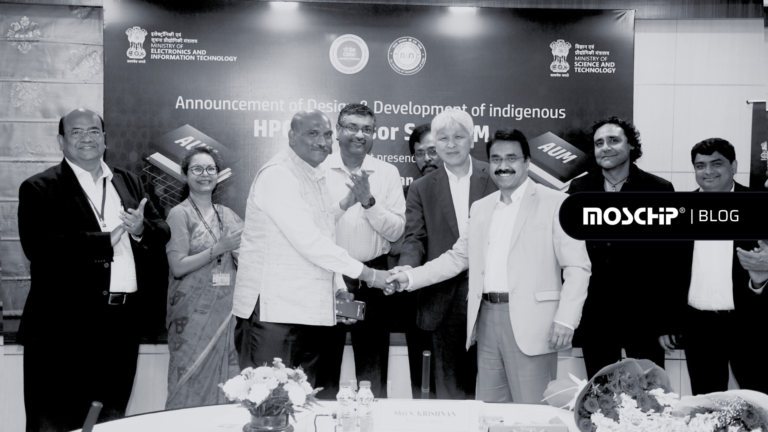NOW & FUTURE: A sneak peek in the Aerospace industry
Today, the Aerospace industry is on the threshold of entering a new era, where it will presume bigger responsibility in making the nation self-reliant in Defence Production. Flying cars, hybrid vehicles, massive jets, sleek new fighters, and Mars-bound rockets. These are the kinds of things we consider when we think of our latest heights in the endless evolution of human flight. But there is more to this, the sector has a lot more to offer…. more than what we can imagine!!! Let’s take a sneak peek into this sector of Aerospace.
The outlook for Aerospace industry is clouded by many uncertainties like constrained military budgets, new and changing requirements, technology advances, and competition from non-traditional rivals.
The Software upliftment.
Software is handling a greater percentage of the jobs done on an aircraft. Increased communication with ground control will soon allow for more efficient landings. Currently planes approaching an airport do so in a stair-step process. This allows the control tower to maintain safety at each stage. But when the exact position of each plane is known, the approach can be continuous. The smoothness of the descent will mean every flight will be shorter by two or so minutes and save about 100 gallons of gas. That time may be minuscule for the passenger, perhaps, but worldwide, the savings are enormous.
Communication.
Planes usually need communication to provide information on their current location. This is very important especially for those working in defence programs. Communication allows pilots to tell the distance between them and other pilots to prevent them from crashing into each other. But, communication can only go so far. A recent research program allows a set of drones to be able to communicate with each other’s distance without even talking. These drones were simple AI machines that could tell the distance between each other. This is truly helpful in terms of flying and coordination especially for those pilots with surveillance and targeting assignments.
Growth
Major challenges to international growth include political risks such as export-control regulations and offset requirements, technology-transfer requirements, and intellectual-property issues. Many of these challenges may have reoccupied leaders in 2017. But today they are less concerned about their companies’ inherent abilities to make sales in international markets and more about the political landscapes of the customer nations. So, we may now look forward to a better growth this year.
Education
Aerospace is the third most popular field for engineering students. With over 38,000 new aerospace engineering jobs that opened last year, 4,000 of them were taken by students! That’s a huge number. The aerospace profession has expanded form hardware-based science, technology, and engineering, to systems, and even systems of systems-based engineering. At a very high level that trend has become even more important. And thus, this year we expect, a lot of young professional to take up Aeronautics as a profession!
Data Handling
Surveillance vehicles get a lot of attention for political, military, and techie reasons. But in the field of aerospace engineering, their development and employment is a much smaller challenge. It is likely to be found with millions of investments that the government recently marked for “big data.” This data brings us to a conclusion that there will be a lot of data which would help the defence to be upgraded.
In a nutshell, we can look forward towards a positive and proportionate growth in this sector of Aeronautics and defence. And talking about this sector and technologies that drives it, Moschip is the name that comes in our mind. It has not only successfully been a pioneer in the field of Semiconductors Design Services but has also put its footprint in the field of IoT, Cloud and Connected Devices domain, with respect to this sector of Aeronautics and defence. Driven by a positive outlook, Moschip is moving to more flexible, agile models.







